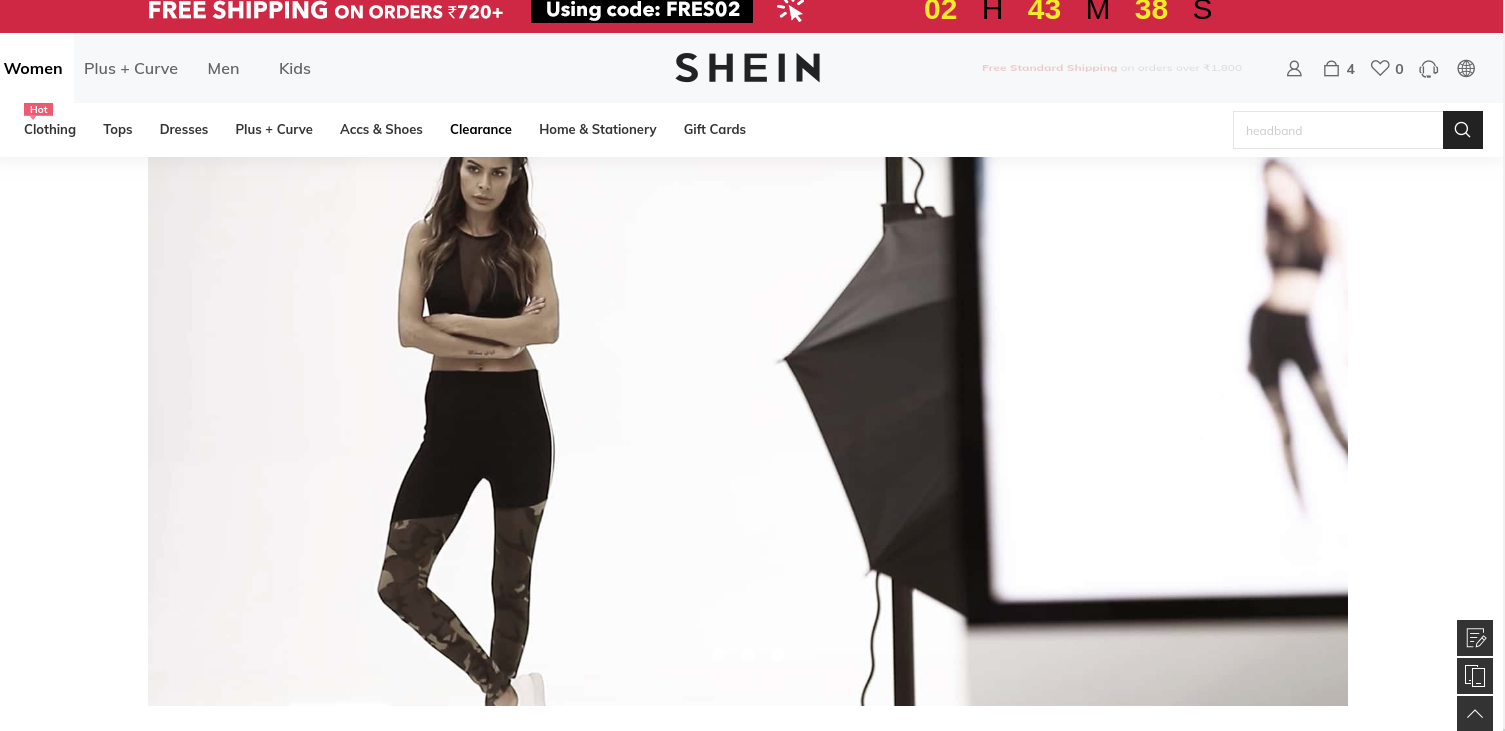Like all businesses, Ecommerce stores are also in the race of chasing numbers. They make efforts to increase the website traffic, thereby, to reach a satisfactory conversion rate mark. Website traffic also happens to be essential for your business to thrive. Unlike brick and mortar stores, ecommerce stores can take numerous initiatives to increase their website’s traffic, optimize performance, and boost sales.
When we talk about boosting the conversion rate, we first need to understand the conversion funnel and how it works. Conversion funnel aka the Buying Cycle consists of three steps –
- Awareness: It is when the customer becomes aware of the product and acknowledges the need for it.
- Evaluation: It’s the next step, where the customer has recognized the need and is contemplating whether your products match their requirements.
- Purchase: This is the final step of the funnel! Here, the potential customer makes up their mind and finally makes a purchase.
Understanding the customer funnel will now help you define goals to meet your customer needs for every step of the cycle. With that in mind, the key focus should now be on evaluating the information and data you have gathered from the conversion funnel.
- Do your products match the needs of your customers?
- Are your competitors providing a better buying experience?
- How effortless is the customer’s journey from identifying the need to purchasing the product?
We recommend –
- Product copy should be concise and informative
- Website usability shouldn’t become a bottleneck as it has a major influence on the purchasing decision.
- Positioning of the primary action buttons like ‘Buy Now’ should be at the top of the visual hierarchy and not at the bottom.
Optimizing the conversion rate
Analyzing your store for gaps and using the finding to boost sales is known as optimization. Generally in an analysis, various page elements are put under a lens to look for performance optimization possibilities. Some of those on-page elements that contribute to conversion are:
- Headlines
- Descriptions
- CTA button placement
- CTA button color
One of those widely adopted conversion rate optimization techniques is A/B Testing. It lets you simultaneously test and analyzes different executions of the same page elements with live users. It saves time and validates ideas with the intended users. The results from tested variants are then compared to see which one yielded better results as far as conversions are concerned.
Choosing the elements to optimize for conversion
We have a long list of tried and tested elements that are bound to aid in page performance significantly. Some of them are listed below to get you started.
Informative Elements
- High-quality photographs: It’s all about the first impressions. In a digital world where customers don’t get to touch, feel, or try the products they are buying, high-definition photographs come to the rescue. Poor or no pictures are the easiest way to drop-offs. Use multiple angles and provide hover to zoom for details.
- Product descriptions: Go into as much detail as possible when describing your product. Accurate and honest descriptions sell more products. Don’t toot your own horn, try to help the customer with your copy instead.
- Videos: Does the work of pictures, but better. Videos make you seem like you care about your customers enough to provide every possible detail to help them make an informed decision.
- Product reviews: Arguably the easiest and the most effective way to build customer trust. Try to engage and pro-actively ask for reviews but don’t be too intrusive.
- Site search: Optimize your search so that it improves your product’s visibility. Visibility can directly impact your conversion just as any other digital asset.
Usability Elements
These elements are optimized to make the experience as easy and satisfactory as possible.
- Hyper personalization: Use customer shopping history to show the products they are interested in. This will filter the noise while also reducing the cognitive load and making the ‘Add to cart’ action instinctive.
- Mobile optimization: It’s no secret that most of your users like to shop on mobile. It’s the only reason you need and would want to focus on the mobile experience.
- Get Wish Lists: Also known as ‘Save for later’ or ‘Favorites’. This helps people curate a list of products that they want to remember and possibly buy at a later date. If they can easily access products they liked earlier, they are more likely to complete the transaction.
- Real time assistance: Integrate an option for people to opt for customer service assistance when needed in real-time.
The Checkout
Cart abandonment is the real-life equivalent of a customer dropping your product on the shelf and stepping out of the store. Losing out on potential customers is heartbreaking, whether it’s in the real world or online. It’s majorly attributed to a poorly optimized checkout process. Poor or confusing design decisions for shopping carts could also be one of the contributing reasons for incomplete transactions.
How to ensure guaranteed conversion?
- Cut down the steps to checkout: Shave off any unnecessary steps to help your customers check out faster.
- NO hidden prices: You wouldn’t want to shop at a store where the product page price differs from the checkout price. Keep pricing transparent as hidden prices are cited as one of the most common reasons for cart abandonment.
- Remind users of incomplete transactions: Even when you’re doing everything right, you will find that carts are still being abandoned. The reason can be as simple as your user being bad at multitasking. Just remind them in emails that the order is incomplete.
When followed carefully, the results these optimization techniques yield is staggering. It might seem basic at first but consistent efforts compound and contribute to big impressive sales numbers.
We hope this practical piece curated from our experience in ecommerce will help you drive sales. And if you need someone else to handle these optimizations for you while you cash in the benefits, contact us here.
















